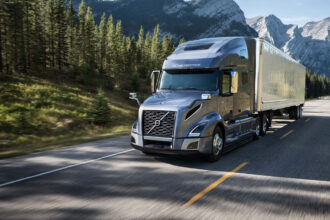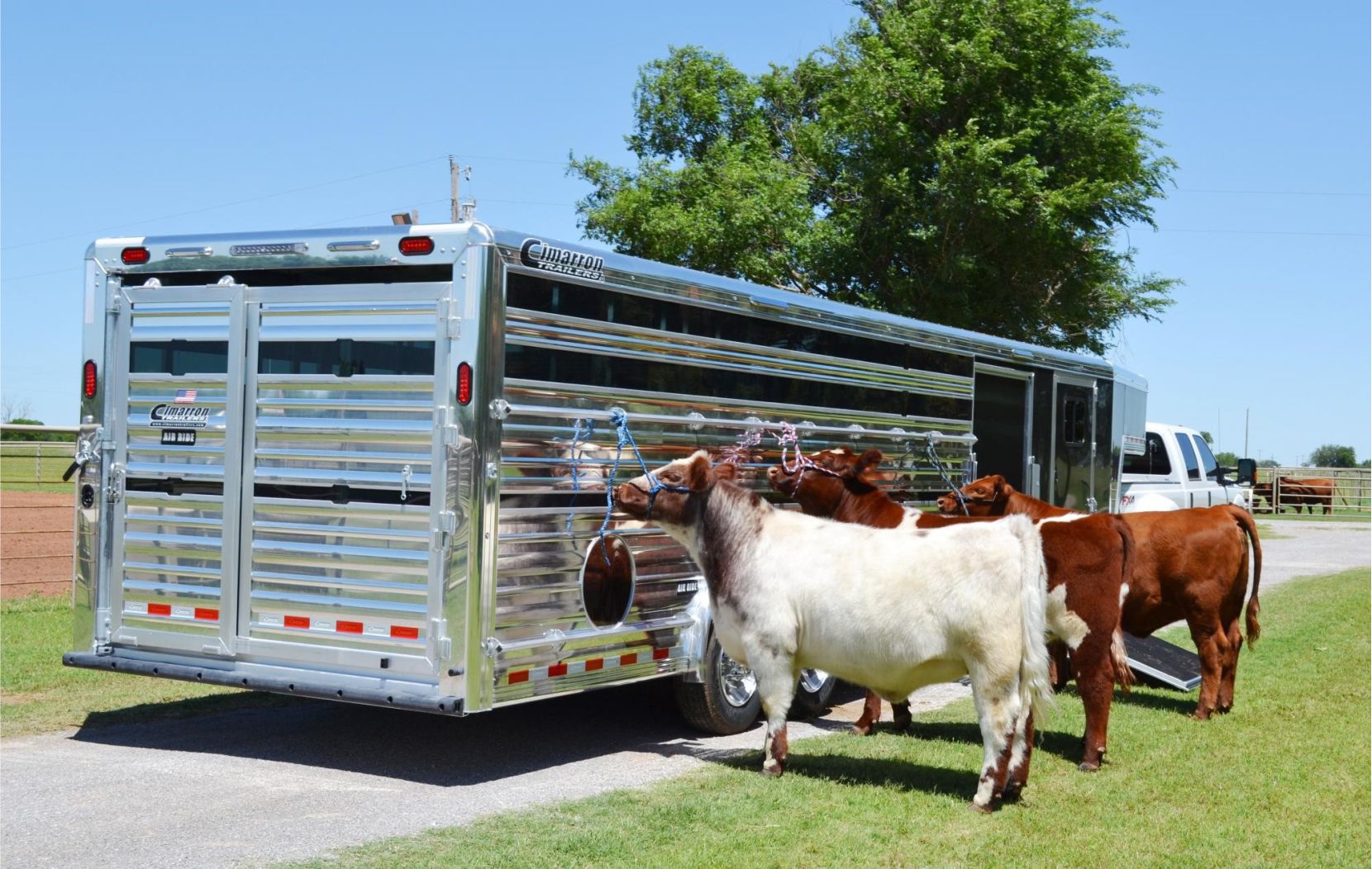Table of Contents
Picture this: Your furniture business is booming, orders are pouring in, and your clients are delighted with your products. But, there’s a roadblock—quite literally. Your delivery process is holding you back, making you miss opportunities and customer deadlines. It’s time to hit the highway to success by buying the perfect furniture truck.
In the world of furniture businesses, having the right furniture truck isn’t just a luxury; it’s a necessity. It’s the engine that drives your business forward, the bridge that connects your workshop to your customers’ homes. But, buying a furniture truck is no ordinary shopping spree; it’s a strategic decision that can define your business’s efficiency, profitability, and customer satisfaction.
This article will be your co-pilot, guiding you through the twists and turns of the furniture truck market. helping you navigate the terrain of options, from brand-new giants to trusty used workhorses. Explore the key factors to consider, like size, capacity, and safety features. Buckle up, because by the end of this ride, you’ll be ready to make an informed decision that propels your furniture business toward the fast lane of success.
To buy a furniture truck for business;
1. Assess Your Business Needs
To purchase a furniture truck for business, assess your business needs.
Before you start searching for a furniture truck, it’s crucial to clearly define your business needs. Consider factors such as the size and weight of furniture you typically transport, the distance of your deliveries, and any special requirements like climate control or tailgate lift. Understanding your specific needs will help you narrow down your options.
Determine your budget for the truck purchase. Take into account not just the initial cost but also ongoing expenses like maintenance, fuel, and insurance. Remember that investing in a reliable truck may require a higher upfront cost but can save you money in the long run.
>>>MORE: Is Furniture Truck Good Business?
2. Research Your Options
To procure a furniture truck for business, research your options.
Decide whether you want to buy a new or used furniture truck. New trucks often come with warranties and the latest features, but they are more expensive. Used trucks can be cost-effective but may require more maintenance. Weigh the pros and cons based on your budget and preferences.
Explore different types of furniture trucks available in the market, such as box trucks, flatbeds, and cargo vans. Consider the type of furniture you transport and choose a truck that can accommodate it safely and efficiently.
Research reputable truck brands and models known for their reliability and performance. Read customer reviews and seek recommendations from fellow business owners in your industry. Some well-known brands include Ford, Chevrolet, and Mercedes-Benz.
3. Evaluate Truck Specifications
To obtain a furniture truck for business, evaluate truck specifications.
Determine the truck’s size and weight capacity based on your business needs. Ensure it can comfortably accommodate the largest pieces of furniture you transport. Pay attention to factors like cargo space dimensions and weight limits.
Consider the truck’s fuel efficiency to minimize operational costs. Look for models with features like eco-friendly engines, aerodynamic designs, and hybrid or electric options if they align with your sustainability goals.
If you’re considering a used truck, request its maintenance history to assess its overall condition. A well-maintained used truck can be a cost-effective choice if it has been serviced regularly and has a clean bill of health.
4. Consider Legal and Safety Requirements
To buy a furniture truck for business, consider legal and safety requirements.
When you’re in the market for a furniture truck for your business, it’s not just about finding the right vehicle; it’s also about ensuring you meet all the legal and safety requirements that come with commercial transportation.
First and foremost, check the licensing requirements in your area. Most jurisdictions have specific license for commercial truck operations. Ensure you have the necessary permits to legally transport furniture and goods.
Insurance is another critical element. You’ll need commercial auto insurance that covers your truck, your cargo, and liability in case of accidents. It’s a legal obligation and a safety net for your business.
Safety features are non-negotiable. Look for trucks equipped with modern safety technologies like anti-lock brakes, airbags, stability control, and backup cameras. Safety isn’t just about compliance; it’s about protecting your drivers, your cargo, and other road users.
Understanding and adhering to legal and safety requirements isn’t just a box to check—it’s the foundation of a successful and responsible furniture truck operation. It ensures the safety of your team, the integrity of your cargo, and the longevity of your business.
5. Test Drive and Inspect
To get a furniture truck for business, test drive and inspect.
Schedule test drives of the trucks you’re considering. This hands-on experience will allow you to assess the vehicle’s comfort, handling, and overall performance. Pay attention to how it handles heavy loads, as this is crucial for furniture transportation.
Before finalizing your decision, have a qualified mechanic inspect the truck thoroughly. This inspection should include checking the engine, transmission, brakes, suspension, and any other crucial components. Any issues found can be used in price negotiations.
>>>PRO TIPS: Furniture Truck Business: Should I Set Up As An LLC?
6. Negotiate and Get Finance
To acquire a furniture truck for business, negotiate and get finance.
Once you’ve selected the ideal truck, don’t hesitate to negotiate the price with the seller. Research market prices for similar trucks and be prepared to walk away if the deal doesn’t meet your budget or expectations.
Explore financing options such as bank loans, leasing, or dealer financing. Evaluate interest rates, terms, and down payment requirements to choose the best financing option for your business.
7. Finalize the Purchase
To procure a furniture truck for business, finalize the purchase.
Ensure all paperwork is in order before finalizing the purchase. This includes the bill of sale, title transfer, warranty information, and any financing agreements. Review everything carefully and seek legal advice if needed.
Register the truck in your business’s name and obtain the necessary permits and licenses for commercial operation. Compliance with local regulations is essential to avoid legal issues.
8. Prioritize Maintenance and Upgrade
To buy a furniture truck for business, prioritize maintenance and upgrade.
Regular maintenance is vital for safety too. Implement a stringent maintenance schedule to keep your truck in top-notch condition. A well-maintained vehicle is less likely to break down on the road, ensuring smooth operations and reducing the risk of accidents.
Implement a routine maintenance schedule for your furniture truck to ensure it stays in optimal condition. Regular servicing and inspections can prevent breakdowns and extend the truck’s lifespan.
As your business grows, consider upgrading your truck or adding more vehicles to your fleet. Newer models with advanced features may offer increased efficiency and safety, contributing to your business’s success.
Summary
Purchasing a furniture truck for your business is a significant investment that can greatly impact your operations. By carefully assessing your needs, researching your options, and following the steps outlined in this guide, you can make an informed decision that aligns with your budget and business goals. Remember that a well-chosen furniture truck can enhance efficiency, boost customer satisfaction, and drive the success of your furniture business.



















